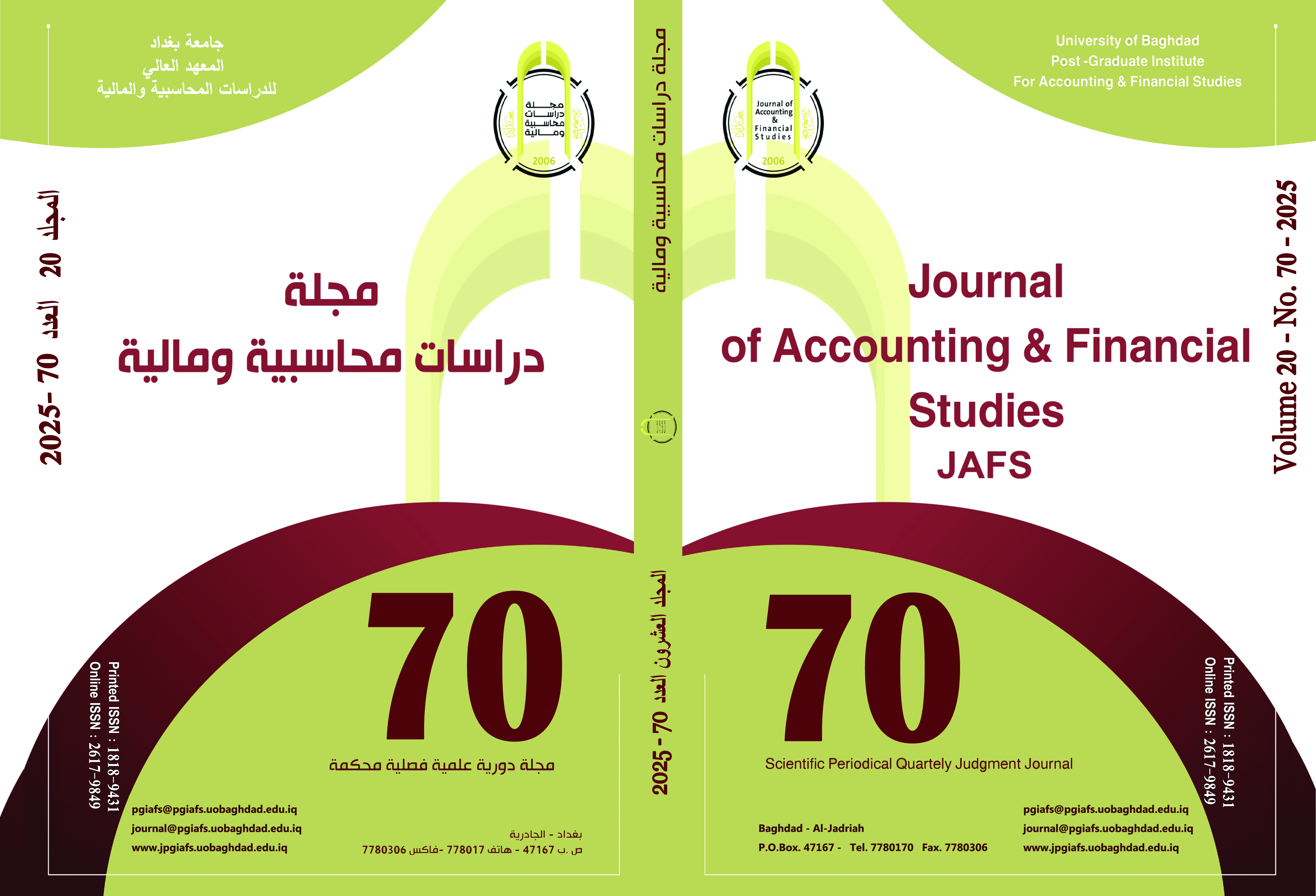Auditing compliance in Islamic financial institutions
DOI:
https://doi.org/10.34093/4m24tf76Keywords:
Compliance audit, Financial institutionsAbstract
The research aims to identify compliance auditing in Islamic financial institutions, as well as to understand the principles and methods followed in applying compliance auditing by the control and auditing departments in Islamic banks. To achieve the research objective, the descriptive analytical method was employed to describe the data obtained from the sample banks, process, and analyze them to verify the validity of the hypotheses. The research reached several conclusions, the most important of which were that the three banks did not adhere to the financial instruments specific to Islamic banks regarding direct credit facilities. They only used two financial instruments related to Islamic banking operations, which are (Murabaha) and (Qard Hasan), with the latter having a relatively low proportion compared to the total. Additionally, Al-Arabi Islamic Bank did not comply with the central bank's requirements regarding the "cash in the treasury" item and failed to meet ethical obligations concerning fulfilling clients' cash withdrawal needs. The research recommended that banks should adopt a diverse range of Islamic financial instruments in direct credit facilities and not limit themselves to specific tools such as "Murabaha" and "Qard Hasan." Furthermore, Al-Arabi Islamic Bank must comply with maintaining a capital adequacy ratio of no less than 12% in accordance with the Banking Law.
Downloads
Published
Issue
Section
License
The copyright is transferred to the journal when the researcher is notified of the acceptance of his research submitted for publication in the journal.



